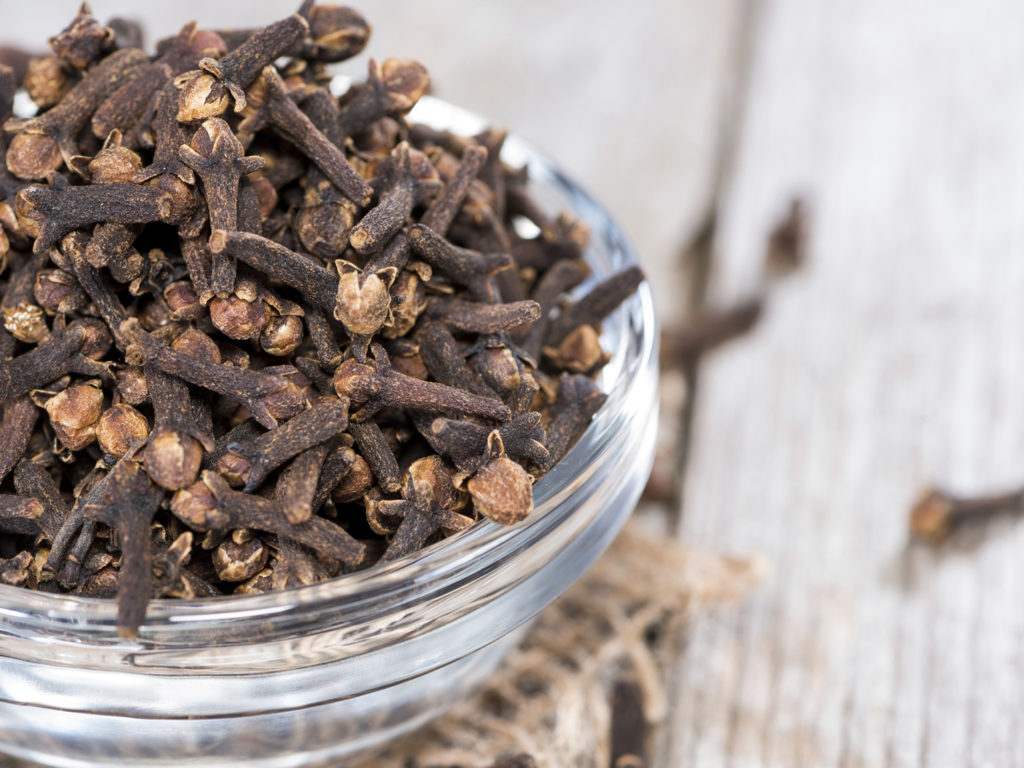
Rheumatoid arthritis ( RA) is a long-term autoimmune disorder that primarily affects joints. It typically results in warm, swollen, and painful joints. Pain and stiffness often worsen following rest. Most commonly, the wrist and hands are involved, with the same joints typically involved on both sides of the body. The disease may also affect other parts of the body. This may result in a low red blood cell count, inflammation around the lungs, and inflammation around the heart. Fever and low energy may also be present. Often, symptoms come on gradually over weeks to months.
Arthritis of the joints involves inflammation of the synovial membrane. Joints become swollen, tender and warm and stiffness limits their movement. With time, multiple joints are affected (polyarthritis). Most commonly involved are the small joints of the hands, feet and cervical spine, but larger joints like the shoulder and knee can also be involved. Synovitis can lead to tethering of tissue with loss of movement and erosion of the joint surface causing deformity and loss of function.
RA typically manifests with signs of inflammation, with the affected joints being swollen, warm, painful and stiff, particularly early in the on walking or following prolonged inactivity. Increased stiffness early in the morning is often a prominent feature of the disease and typically lasts for more than an hour. Gentle movements may relieve symptoms in the early stages of the disease.
Other symptoms associated with RA include:
. Fatigue
.Low-grade fevers
. Pain and stiffness for longer than 30 minutes in the morning or after sitting
. Anaemia
. Weight loss
RA also has been shown to significantly increase the risk of heart attack and stroke because it can damage the protective sheath around the heart called the pericardium. RA is a systemic disease, that has the ability to affect the whole body. It can attack many different organs, such as the heart, the lungs, or other tissues like muscles, cartilage and ligaments. RA causes chronic swelling and pain that is sometimes severe, and it can cause permanent disability.
1. Omega-3 Fatty Acids
Omega-3fatty acids are excellent at relieving inflammation and soothing joints. Coldwater fish such as salmon and tuna are among the best dietary sources. But your body may need more omega-3s than you can consume from eating fish alone, so talk to your doctor about adding an omega-3 supplement. And always cook with canola oil over corn oil. Canola contains omega-3s while corn oil contains omega-6 fatty acids, which can actually make inflammation and arthritis pain worse.
2. Dandelion Leaves
One of the best remedies for treating arthritis conditions probably grows right in your backyard: fresh young dandelion leaves. Because of the high vitamin A and C content, when eaten raw in salads, these greens help the body to repair damaged tissue and help the liver clear toxins out of the blood. European herbalists have used these anti-pain dandelion recipes for many years. Older leaves should be steam or saute-like spinach, this is because they are too tough to eat raw. You can also improve the taste by cooking with garlic or add olive oil for a tasty dish. Dandelion can be made into a tea steep, just 1 teaspoon of dried leaves or 3 teaspoons of fresh leaves in a cup of boiling water. Or make a coffee-like, but bitter-tasting, a beverage by boiling, and then straining, 4 ounces of fresh root in 2 pints of water. Taken daily, this is a good guard against winter colds.
3. Your Calcium Intake
Getting too little calcium raises the risk of osteoporosis, a brittle-bone condition that accelerates if you have rheumatoid arthritis. All women should get about 1,200 milligrams a day after age 50. Dairy is the most famous source of calcium, but cooked foods made with milk can be a surprisingly good source (one large waffle may contain up to 12 per cent of your daily calcium requirement). Calcium is also found in such veggies as cauliflower, Brussels sprouts, cabbage, broccoli, kale, turnip, kohlrabi, and greens. These foods have less calcium than dairy products but contain a form that's easier for the body to absorb.
4. Thunder God Vine
A supplement that is derived from a perennial vine that is native to Asia, also In areas of China, Japan, and Korea. The root is peeled away to make this herbal supplement and Is by tradition, been used to treat autoimmune illnesses and inflammatory conditions. It has been finding by research that thunder god vine does indeed contain anti-inflammatory activity, and some immune-boosting activity has also been discovered. One clinical trial carried out at the University of Texas Southwestern Medical Center found that roughly 80 per cent of those patients who were given a high dose of the plant supplement found that their rheumatoid arthritis symptoms got better considerably. However, researchers have found that this and other studies are too small to prove the true efficacy of this plant-derived supplement.
5. Get Enough Vitamin C
Vitamin C not only helps produce collagen, a major component of joints but sweeps the body of destructive free radicals, which are harmful to joints. One of the best-known studies looking into vitamin C and arthritis found that people whose diets routinely included high amounts of vitamin C had significantly less risk of their arthritis progressing. Spread out your intake throughout the day because your body doesn't store vitamin C; rather, it takes what it needs from the bloodstream at any given time and flushes out the rest. So a megadose in the morning doesn't really do as much good as you think. Sip citrus drinks or eat C-rich fruits and vegetables such as strawberries or melon, broccoli, or sweet peppers.
6. Water Therapy
A more pleasant and relatively effective home remedy for arthritis pain is water therapy treatments. This entails immersion of affected regions into warm water for about an hour. Best result can be achieved by utilizing a specially designed water tank which is sometimes called a sensory deprivation tank. The water temperature is maintained at 93.5 degrees Fahrenheit which is the normal body temperature of a healthy human.
7. Add Turmeric to Dishes
The yellow spice found in curries and ballpark mustard contains a powerful compound called curcumin, which inhibits enzymes and proteins that promote inflammation. Several studies have found that turmeric specifically reduces pain and swelling in arthritis patients. In one study of people with knee osteoarthritis, those who ate just 2 grams a day (less than a teaspoon) had pain relief and increased mobility equal to those who took 800 milligrams of ibuprofen. Sprinkle 1/2 teaspoon on rice or in vegetables daily. Or keep some packets of the ballpark mustard in your pocket-they, re the perfect dose for arthritis pain relief.
8. Water Therapy
A more pleasant and relatively effective home remedy for arthritis pain is water therapy treatments. This entails immersion of affected regions into warm water for about an hour. Best results can be achieved by utilizing a specially designed water tank which is sometimes called a sensory deprivation tank. The water temperature is maintained at 93.5 degrees Fahrenheit which is the normal body temperature of a healthy human.
9. Eucalyptus Oil
An old traditional home remedy for arthritis pain requires the use of eucalyptus oil. A small quantity of eucalyptus oil is warmed before applying it in a very thin layer over the painful joint. You would then cover the joint with plastic wrap. Follow up by applying continuous heat to the joint with the help of steaming towels. This can be a relaxing pain relief routine that can prove beneficial at bedtime for maximum reduction of the arthritis pain.
10. Make a Ginger Poultice

Applying crushed ginger to a painful joint can deplete the body's stores of substance P, a brain chemical that carries pain messages to your central nervous system. One study of 56 people found that ginger eased symptoms in 55 per cent of people with osteoarthritis and 74 per cent of those with rheumatoid arthritis. To make, peel and finely mince a 3-inch piece of fresh ginger. Mix with just enough olive oil to form a paste, then apply to the painful joint. Depending on where the pain is, you may need to wrap the ginger in place with a gauze or ace bandage. Leave for 10-15 minutes.
11. Devil's-Claw

Devil's-claw-an ominous-sounding cure-comes from the Kalahari Desert of South Africa. For at least 250 years, the Hottentots, Bantus, and Bushmen (all native tribes of this region) have treated arthritis pain with this large claw-like fruit that can trap and injure livestock. The tribesmen's favourite method is to draw an extract from the root and brew it into a tea. Alternatively, the devil's-claw can be dried, powdered, and taken in tablet form. Recent French and German studies found that the pain-relief of devil's -claw is similar to that of cortisone. The root acts mainly as an anti-inflammatory, an effect of harpagoside, its active ingredient. Preparations using the whole plant work even better because it contains additional compounds, such as flavonoids, that enhance the anti-inflammatory effect. Devil's-claw is available in many forms through most mail-order herb companies and health food stores.
12. Add Clove to Your Diet

Clove contains an anti-inflammatory chemical called eugenol that interferes with a bodily process that triggers arthritis. In one animal study, eugenol prevented the release of COX-2, a protein that spurs inflammation (the same protein that COX-2 inhibitor drugs like Celebrex target). Cloves also contain antioxidants, which are important in slowing the cartilage and bone damage caused by arthritis. Aim for 1/2 to 1 teaspoon a day.
13. Cherries

To take away the pain of gout, eat 6-8 cherries per day. They can be tinned, frozen or fresh. This is a Japanese treatment which they have used for centuries. They also boil the cherries down into a syrup which makes a strong sweet drink. The cherry is a very good source of magnesium (which is a natural painkiller) and potassium. The potassium acts as a diuretic, reducing inflammation by ridding tissue of fluid.
14. Stick to Low-Allergenic Foods

Food allergies may play a part in autoimmune illnesses like rheumatoid arthritis. Researchers at the University of Oslo in Norway found that people with the autoimmune disease had higher levels of antibodies to cow's milk codfish, eggs, and pork than people who didn't have the disease. In one study, people with rheumatoid arthritis who followed a diet that eliminated common foods associated with allergies, such as grains (especially gluten-containing wheat products), milk, eggs, and nuts for 10 to 18 days had significant improvement in symptoms. When they started eating these foods again, they felt worse. Other studies have found that corn, wheat, orange rye, oats, beef, eggs, and coffee may also be problematic. Many of these foods help produce arachidonic acid, a body chemical linked to inflammation,
15. Soak up Some Sun

Many people with arthritis are deficient in vitamin D, which appears to play a role in the production of collagen in joints. Studies find that getting more vitamin D may protect joints from osteoarthritis damage. To boost your D levels, get in the sun for 10 to15 minutes, two to three times a week that's all it takes for your body to synthesize what it needs. Dairy products are also a great source of vitamin D.
16. Lose Weight

Your weight can make a big impact on the amount of pain you experience from arthritis. Extra weight puts more pressure on your joints-especially your knees, hips, and feet. Reducing the stress on your joints by losing weight will improve your mobility, decrease pain, and prevent future damage to your joints.
17. Try Acupuncture

Acupuncture is an ancient Chinese medical treatment that involves inserting thin needles into specific points on your body. This is supposed to reroute energies and restore balance in your body. Acupuncture is the most researched complementary therapy and is recommended by the World Health Organization for treatment of over 100 different conditions. It is thought that acupuncture has the ability to reduce arthritis pain. If you want to explore this treatment method, be sure to find a licensed and certified acupuncturist in your state.
18. Get a Massage

According to the Arthritis Foundation, regular massaging of arthritic joints can help reduce pain and stiffness and improve your range of motion. Work with a physical therapist to learn self-massage, or schedule appointments with a massage therapist regularly. Your massage therapist should be experienced with working on people who have arthritis.
19. Use Hot and Cold Therapy

Simple hot and cold treatments can make a world o difference when it comes to arthritis pain. Long, warm showers or baths-especially in the morning- help ease stiffness in your joints. Use an electric blanket or moist heating pad at night to keep your joints loose. Cold treatments are best for relieving joint pain, swelling, and inflammation. Wrap a gel ice pack or a bag of frozen vegetables in a towel and apply it to painful joints for quick relief.
20. Get More Exercise

There are more benefits to exercise than just weight loss. Regular movement helps to maintain flexibility in your joints. Weight-bearing exercises such as running and walking can be damaging. Instead, try low-impact exercises such as water aerobics or swimming to flex your joints without adding further stress. Remember to consult your doctor before trying these natural remedies.

This post have 0 comments
EmoticonEmoticon